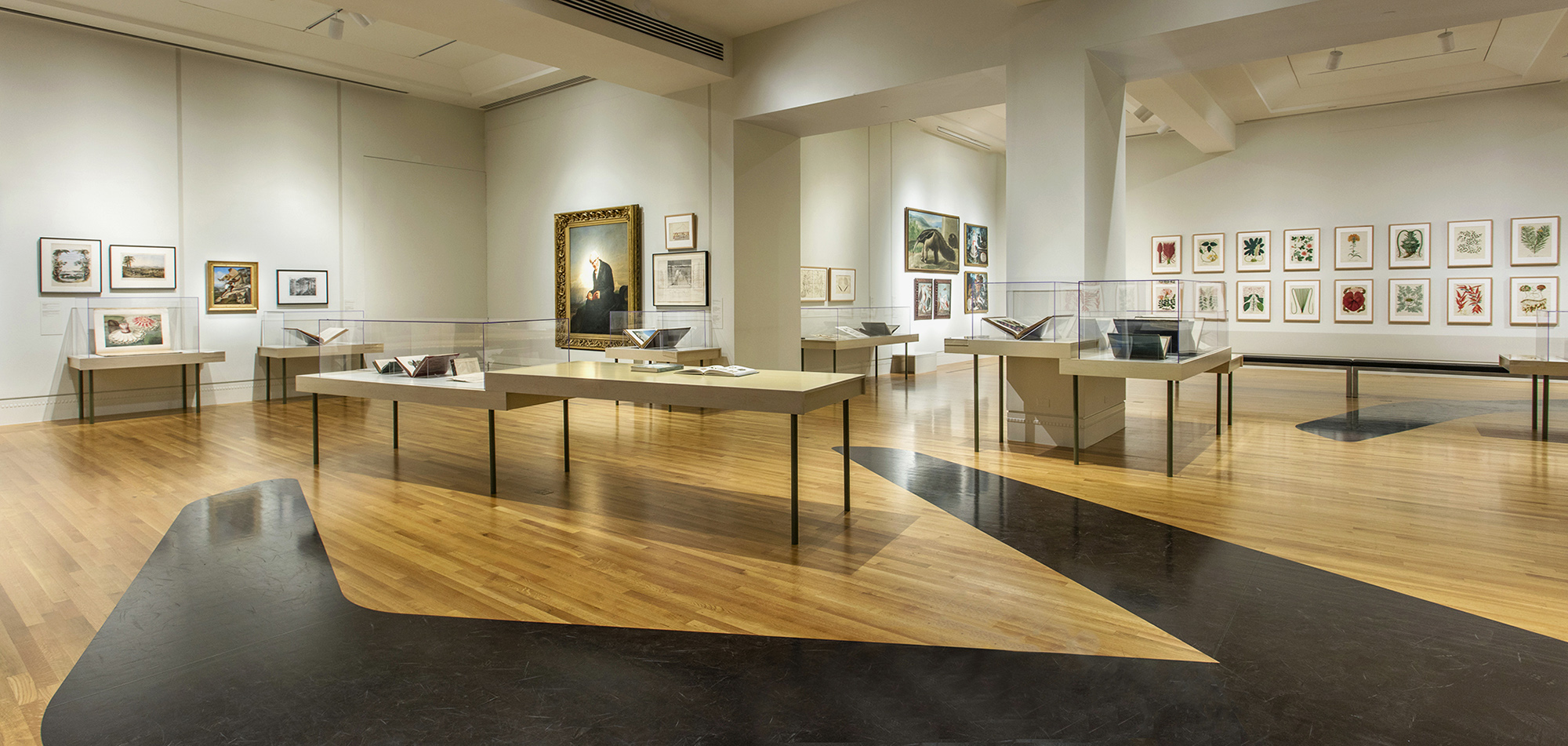

Visual Voyages: Images of Latin American Nature from Columbus to Darwin is the contribution of The Huntington Library, Art Collections, and Botanical Gardens to the Getty’s Pacific Standard Time: LA/LA initiative. The exhibition surveys the connections among art, science, and the environment in Latin America, from the voyages of Columbus to the publications of Charles Darwin in the mid-19th century.
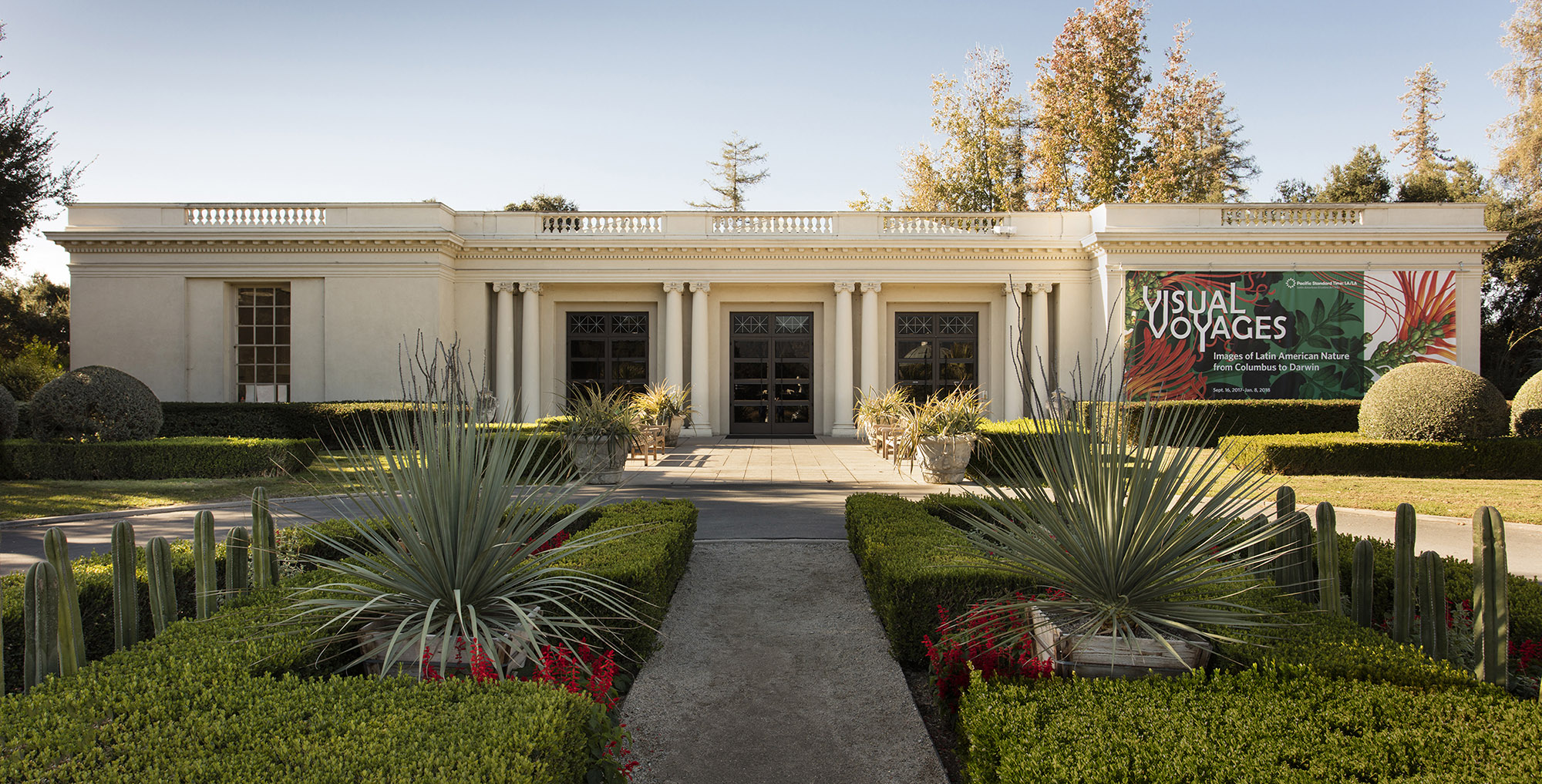

The exhibition design evokes an abstract nature, as if the architectures of the gallery are contaminated by the specimens that they hold.
The casework, a play on both the wunderkammer (cabinet of curiosities) and plant clusters, is an irregular parade of independent and overlapping shelves supported by stalk-like legs; the legs occasionally “travel” up the walls as painted “vines” that index the locations of descriptive texts.
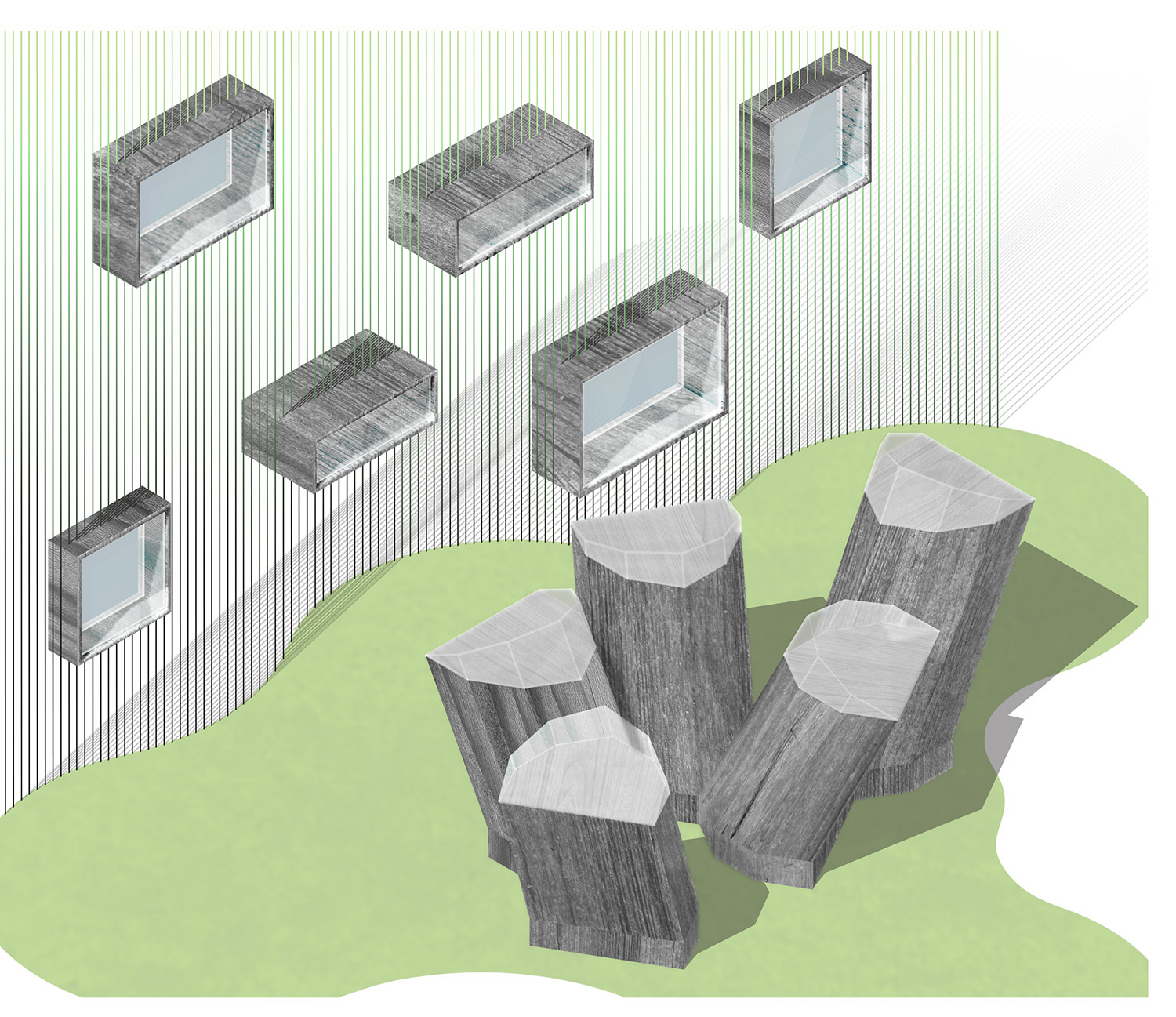

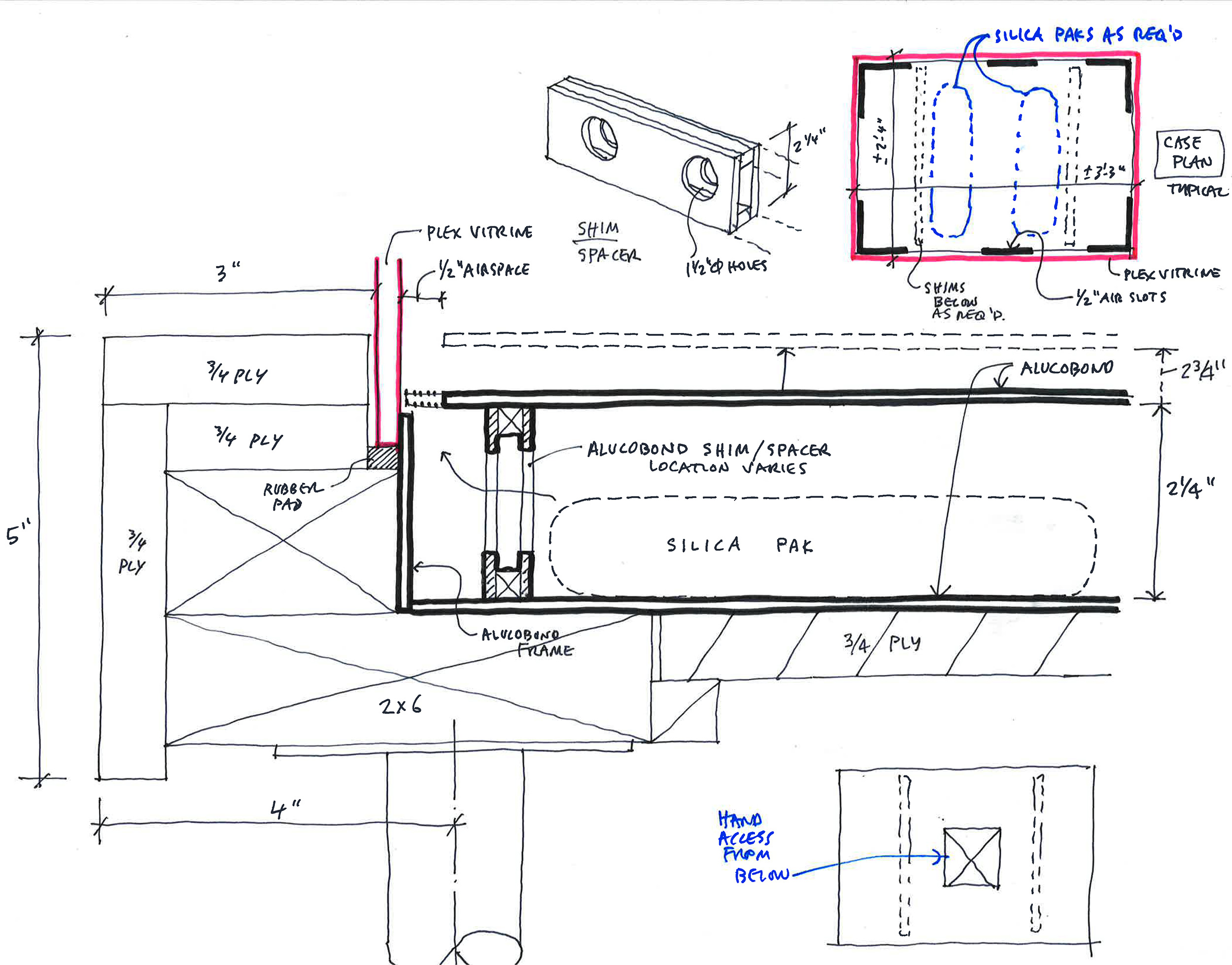
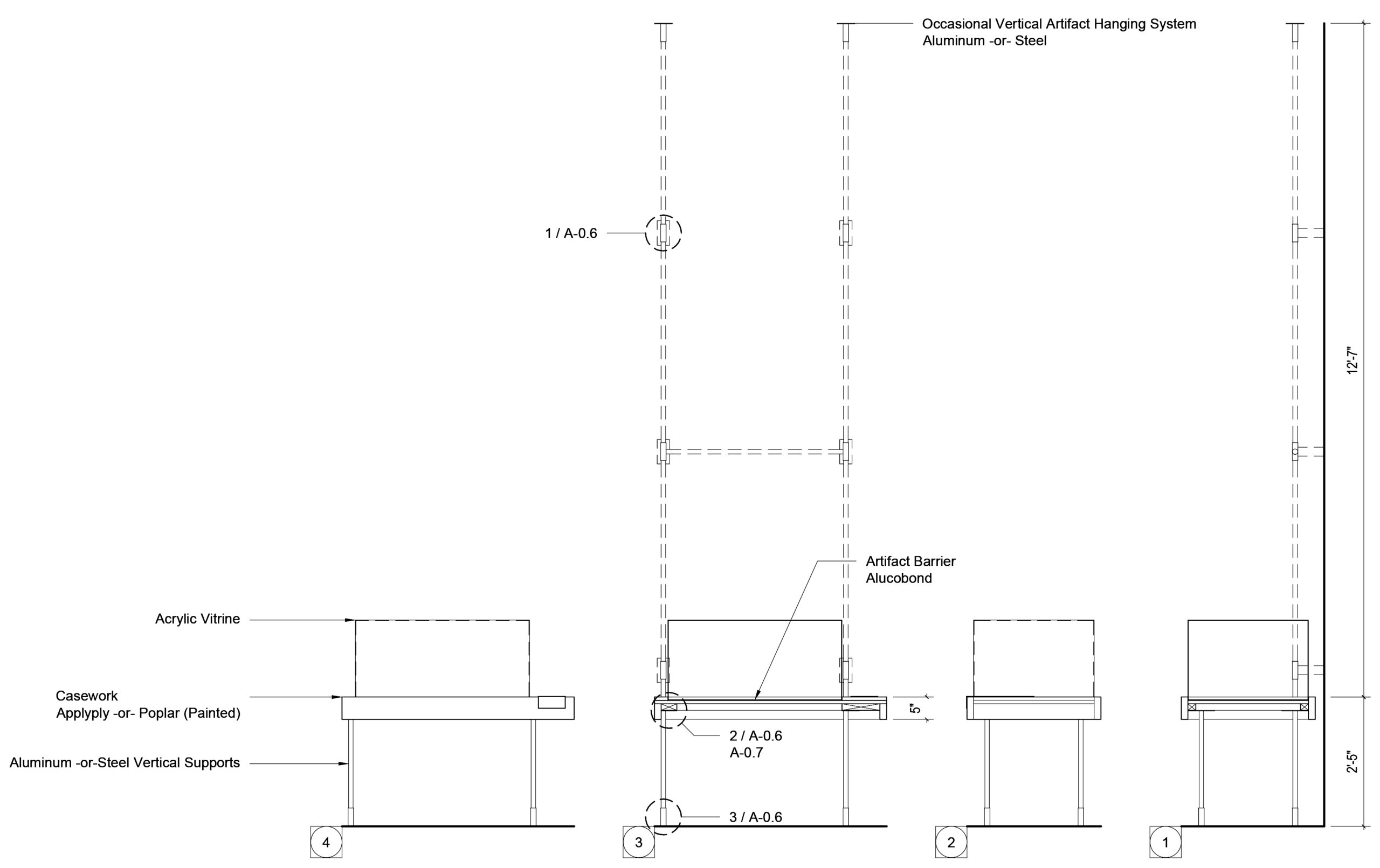


Atmospheric scrims imprinted with a scaled-up floral pattern mark the boundaries of the four thematic sections.
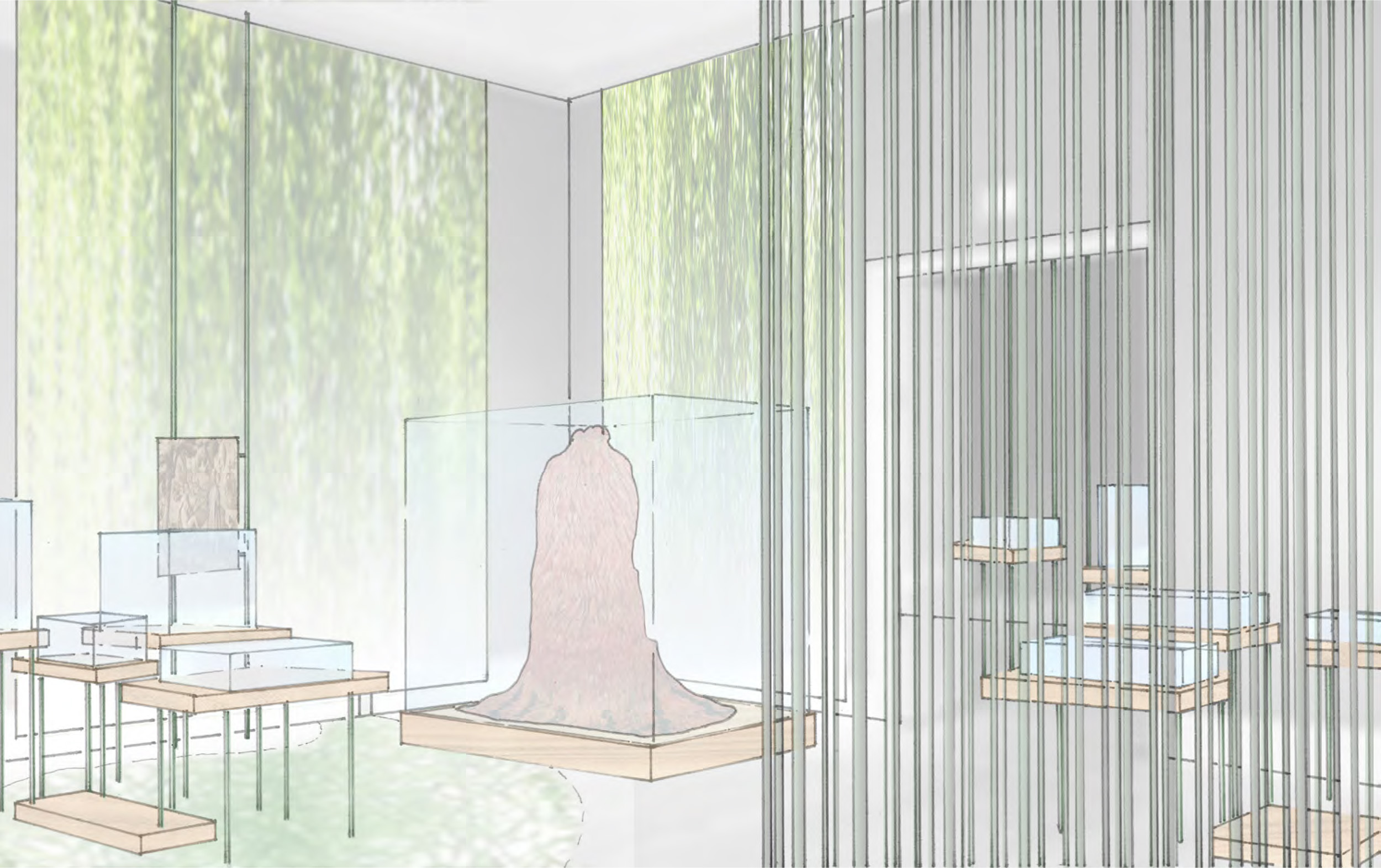

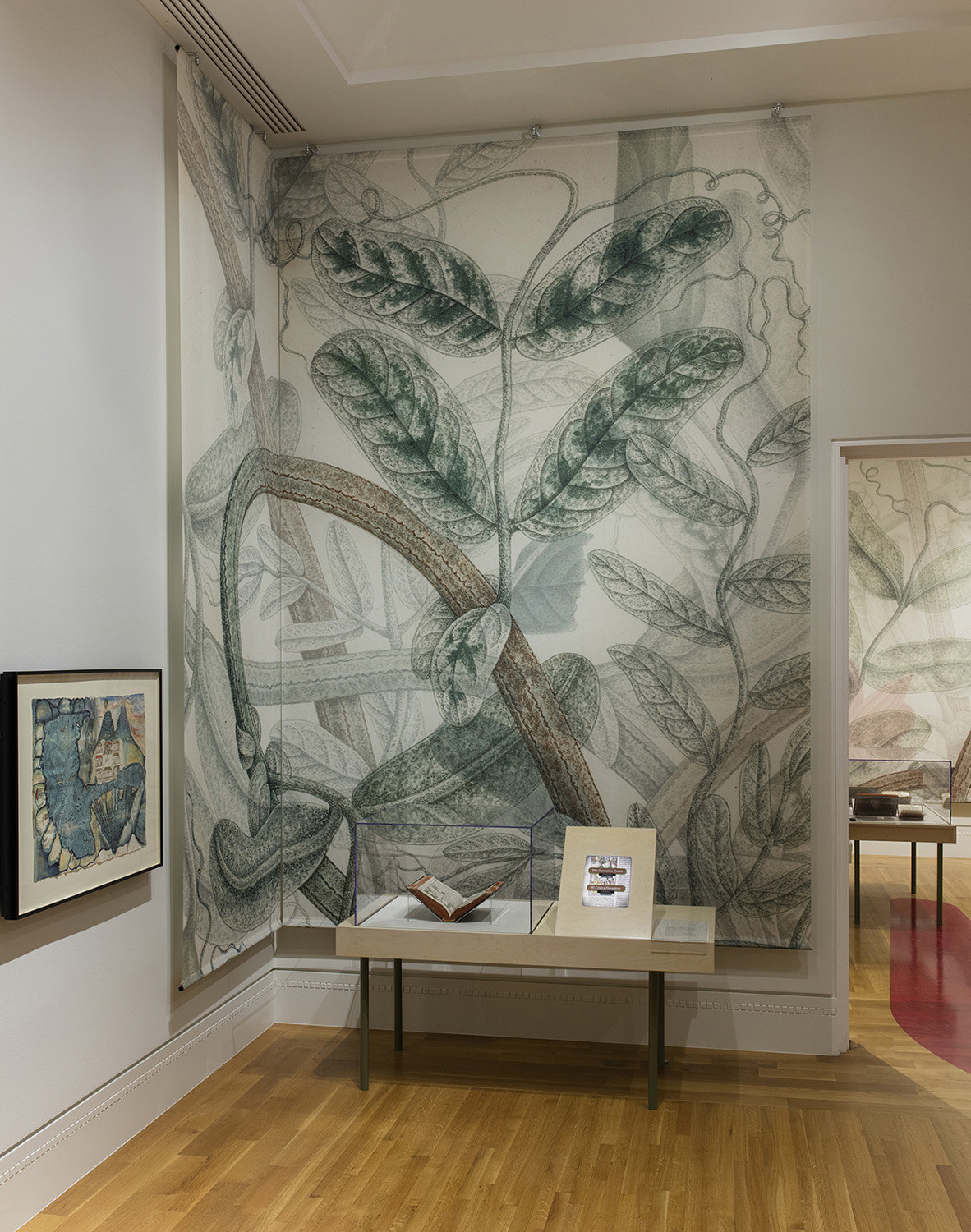

The sections are oriented around paint panels that carry gallery narratives and extend onto and across the floor in translucent vinyl branches.
These bold swaths of color guide visitors through the exhibition with their directional, biomorphic shapes.
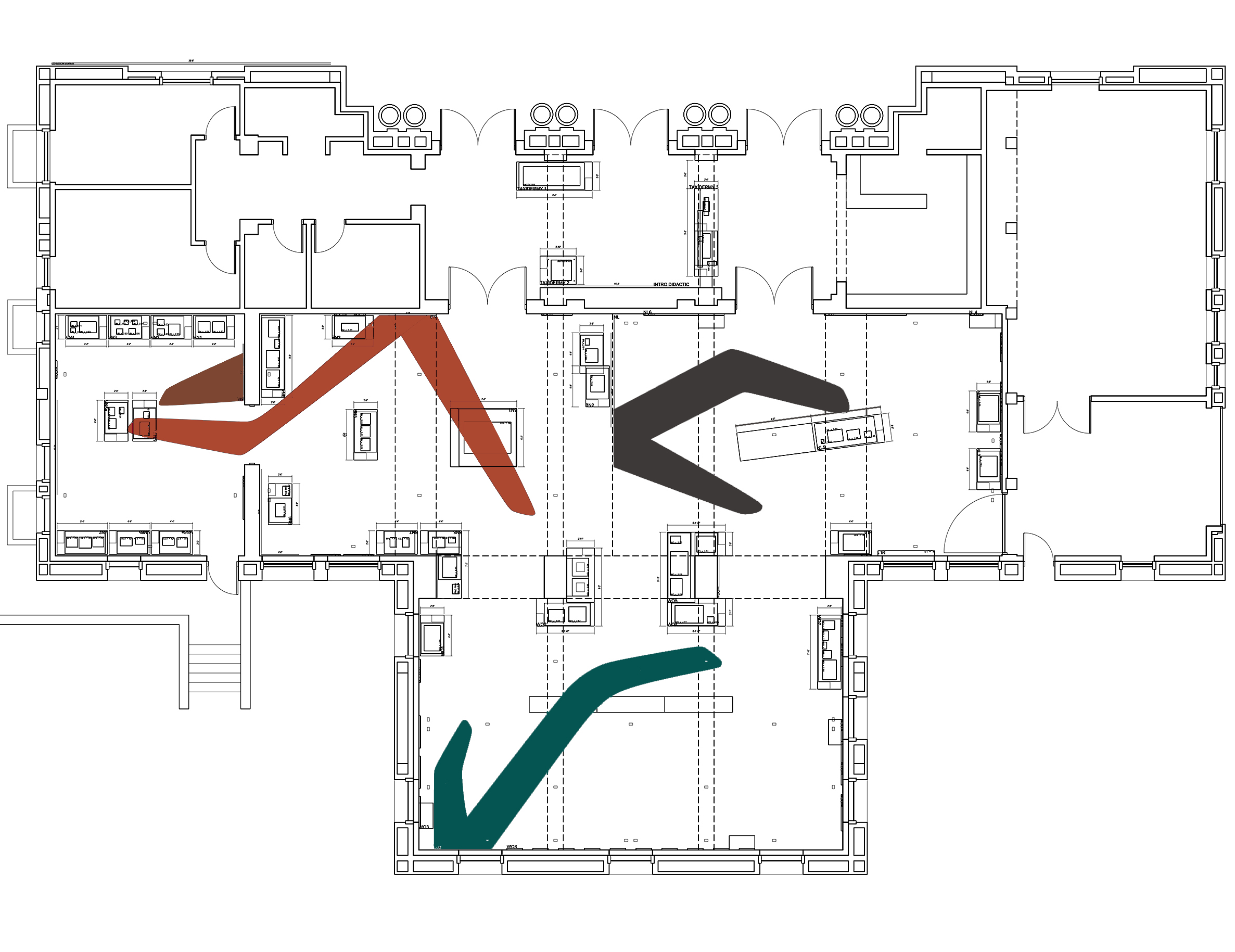
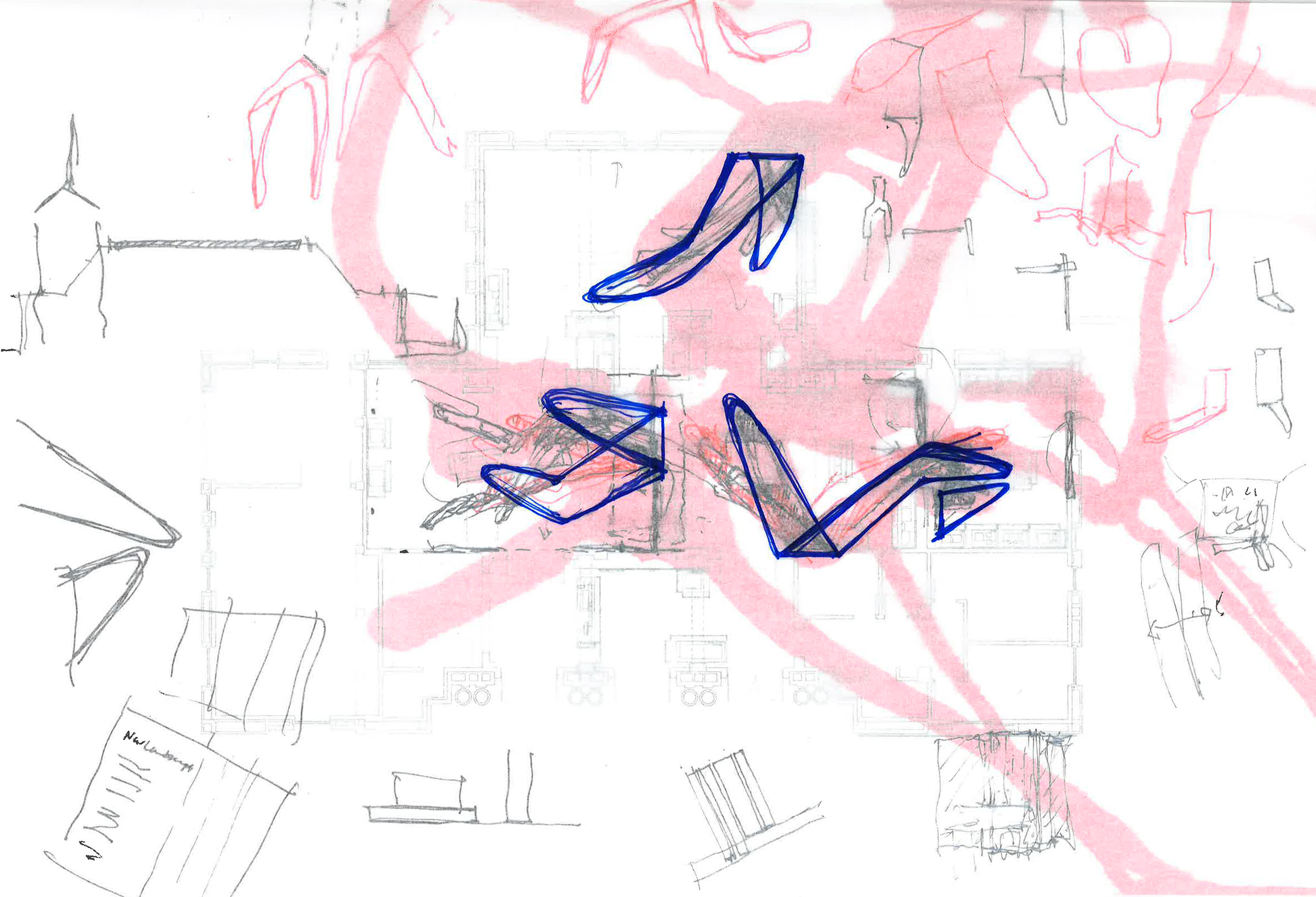


The forms and colors of the exhibition design are inspired by the show’s feature suite of images: an array of floral-vegetal paintings from José Celestino Mutis’s New Granada expedition. Chu ¬ Gooding worked with Farrow & Ball to develop custom paint color matches, out of which all visuals of the exhibition design grew.
The neutral background is an off-white that echoes that of the aged paper in the show’s manuscripts. The greens of the title-wall and casework legs resemble those found in the displayed artwork. The indexing “vines” are a shadow version of the greens, a pale gradation into the off-white. The saturated colors of the panel swaths pick up on and project each respective section’s dominant accents.
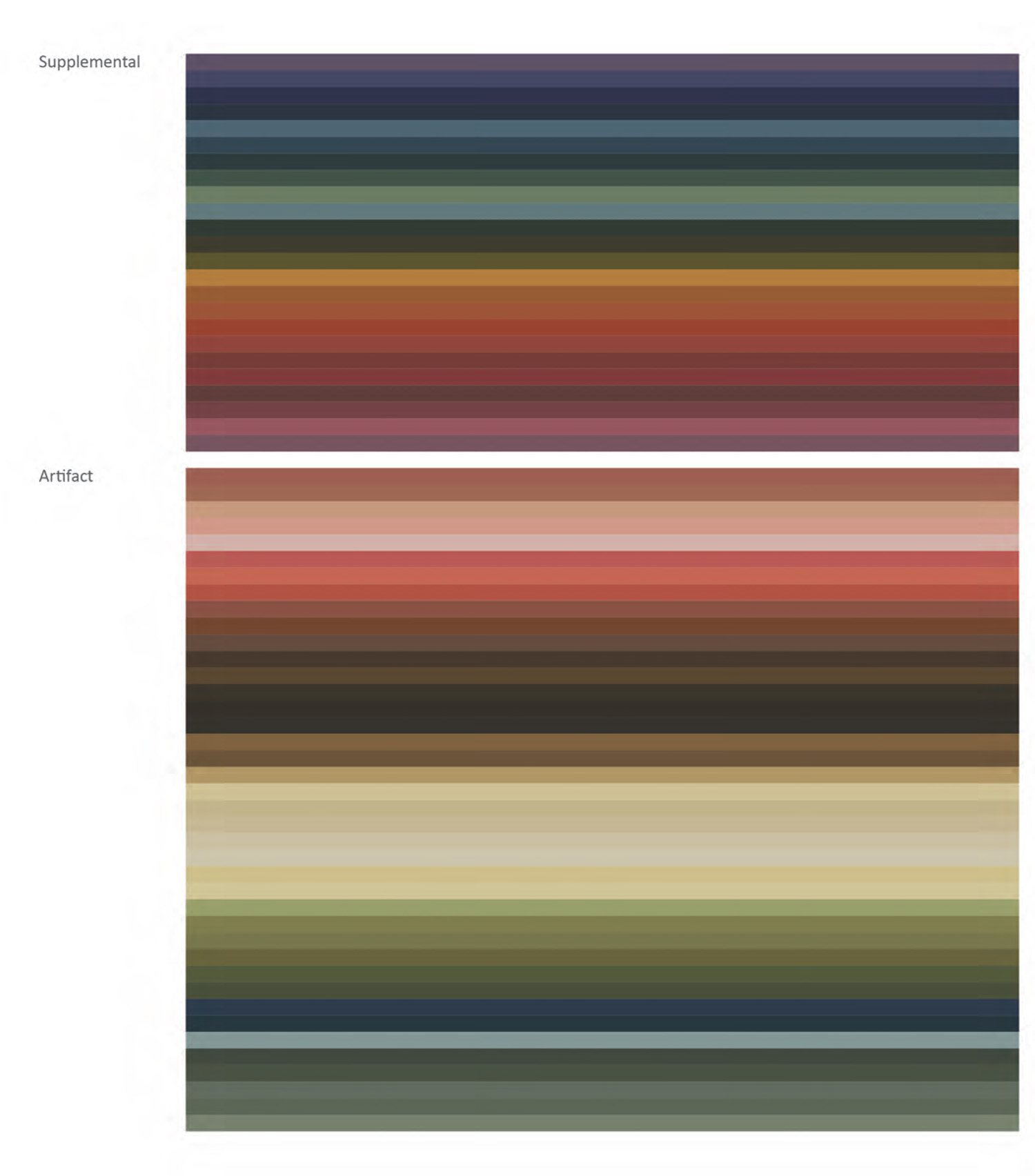

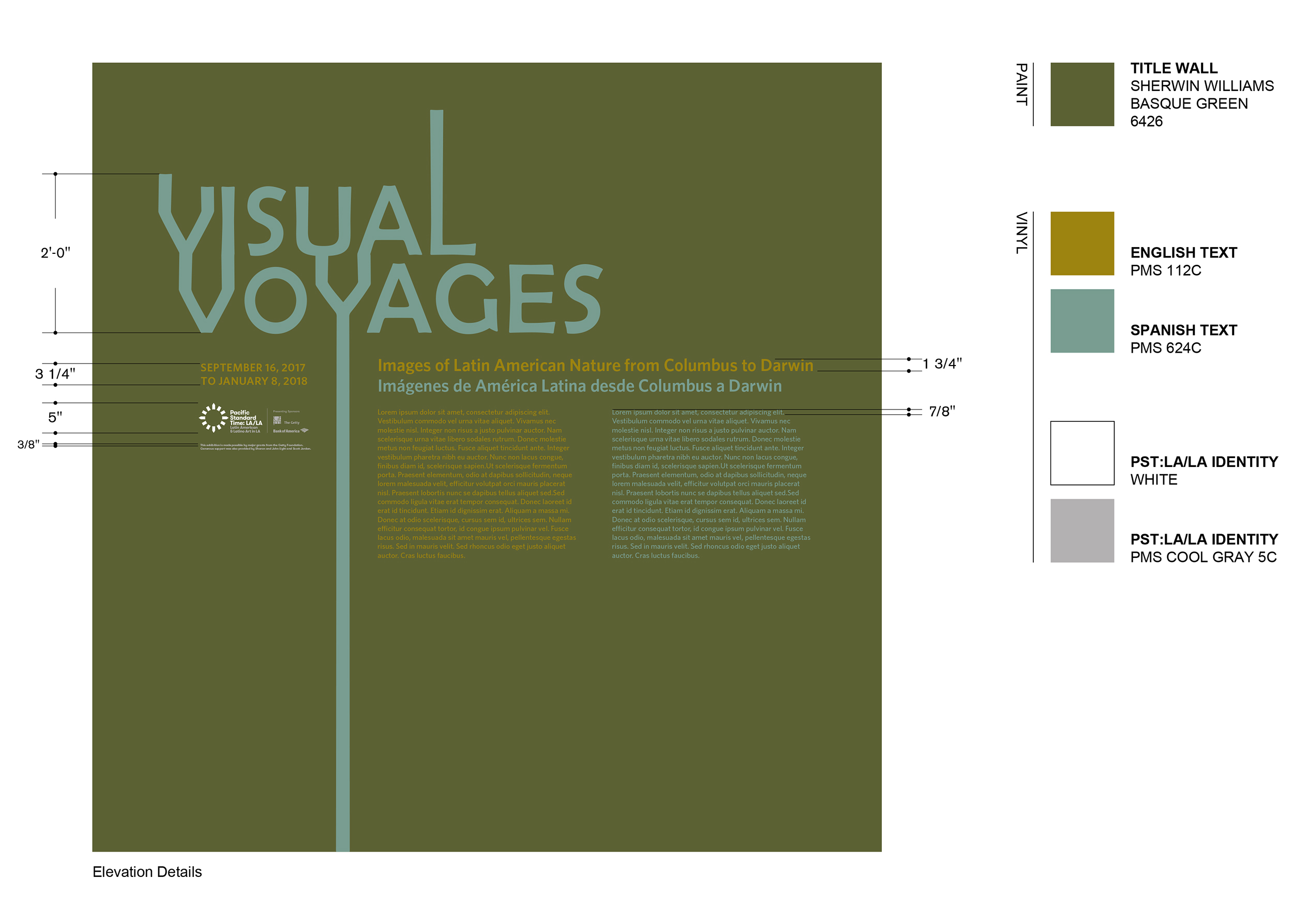

Object staging reinforces the sensibilities of each of the thematic sections and exaggerates the experience of the exhibition. The succession of artifact placements invites the visitor to marvel, contemplate, analyze, and rethink.


Within the lobby Introduction and the first section, Rewriting the Book of Nature, the focus is on the intrigue of singular items: taxidermy, rare historic books, and a 16th century feather cape, to name a few.
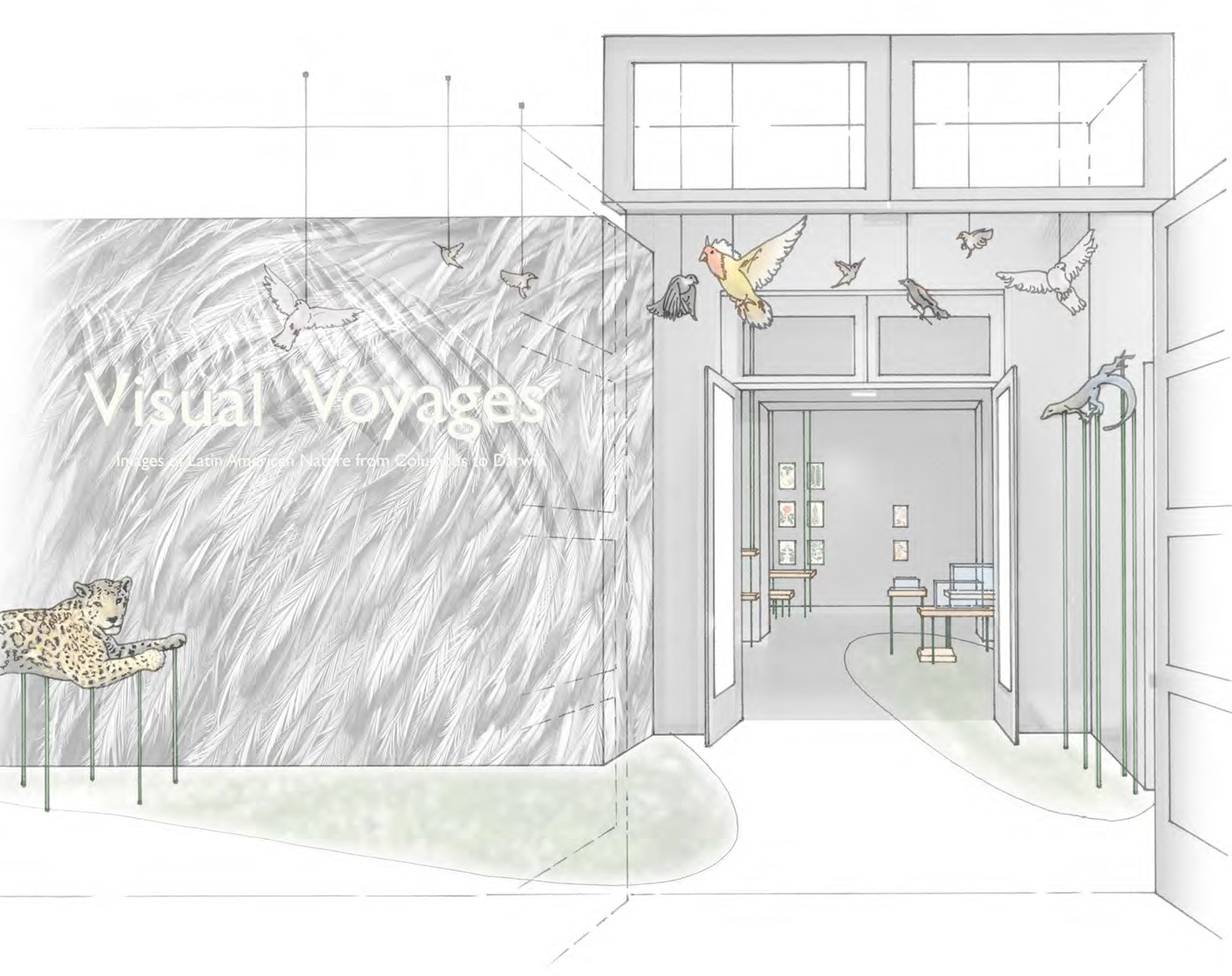
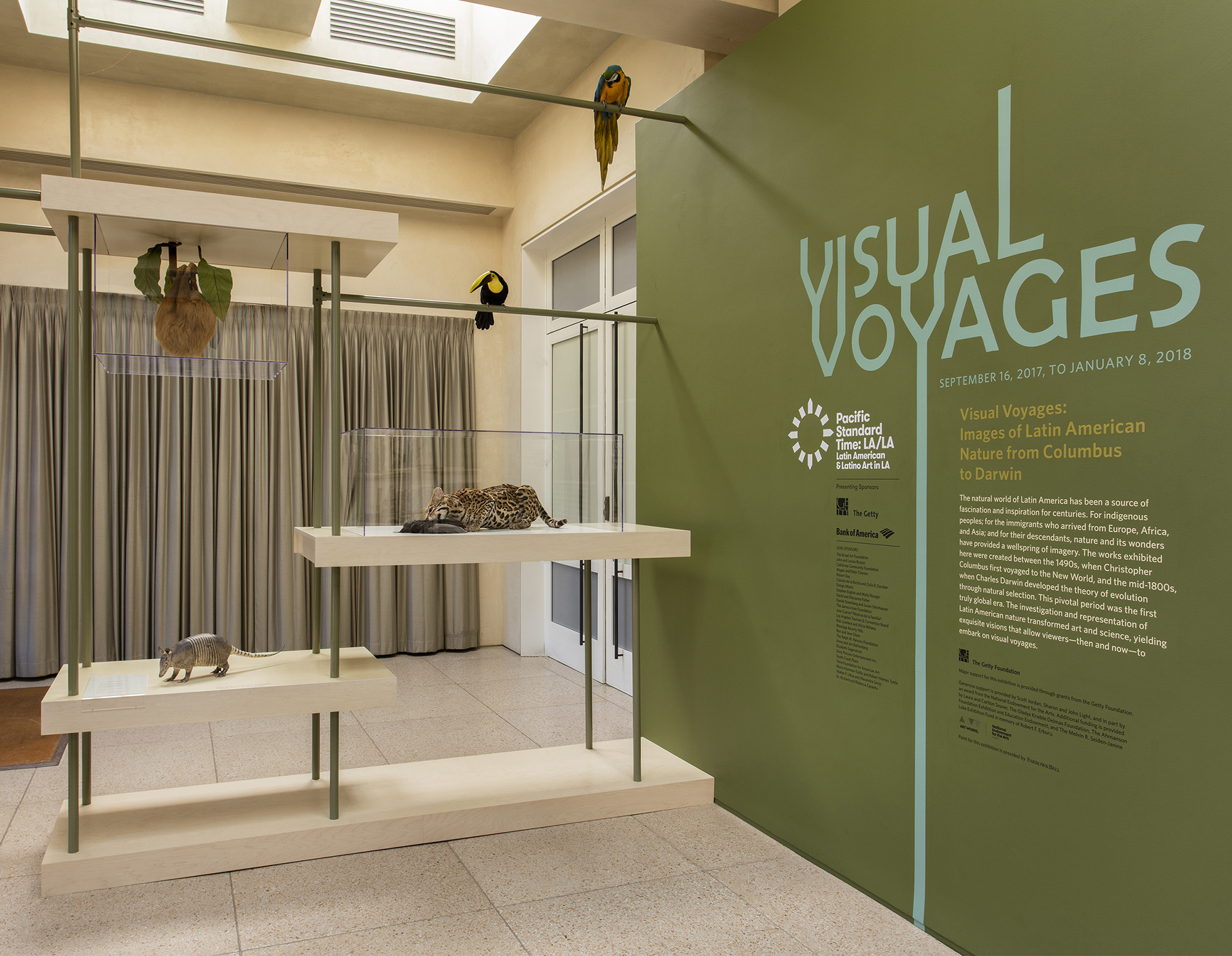
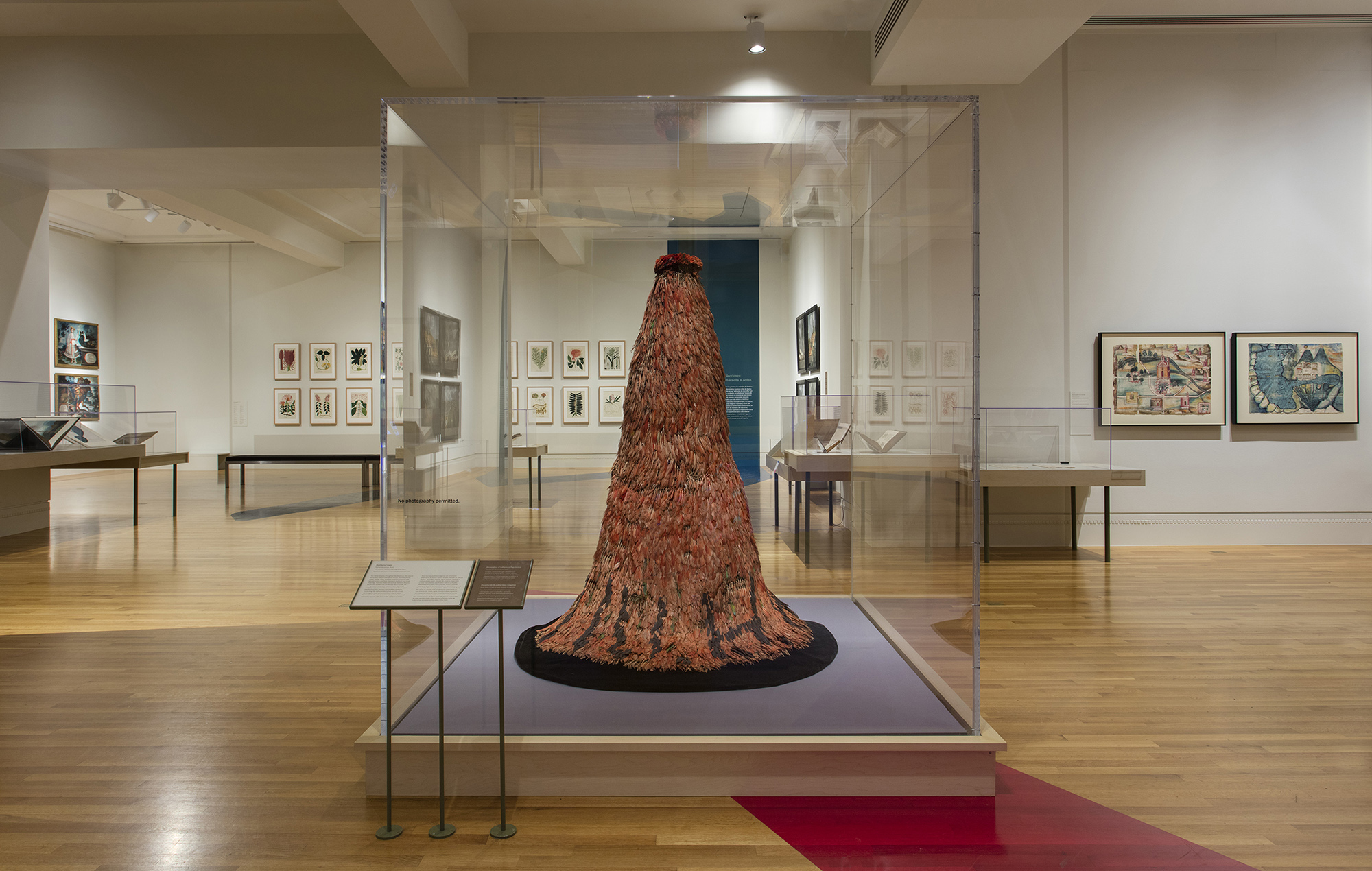
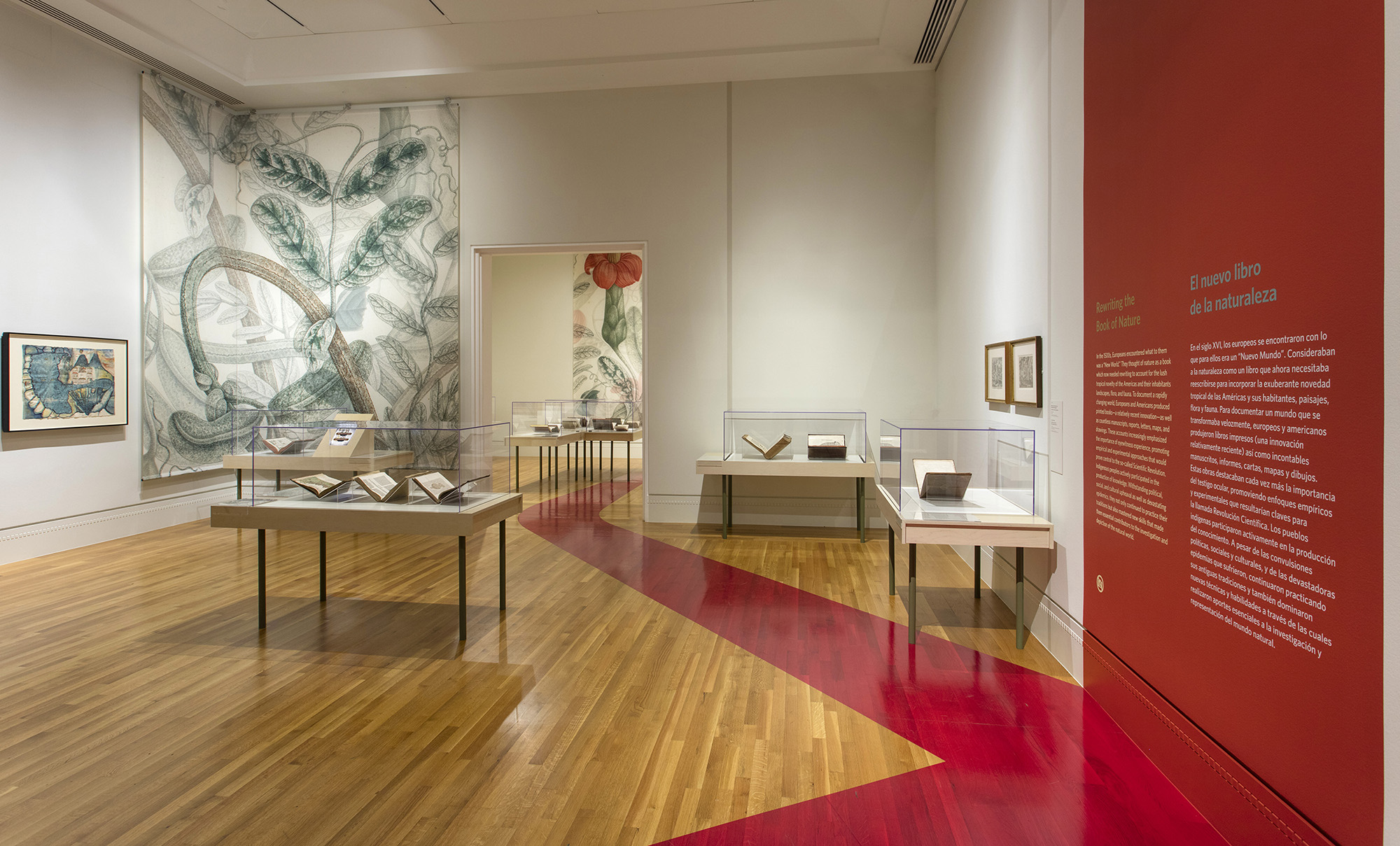
Section two, The Value of Nature, registers a divide between economic and moral conflicts, while the third section, From Wonder to Order, is organized in keeping with the regimented logics of categories and grids.

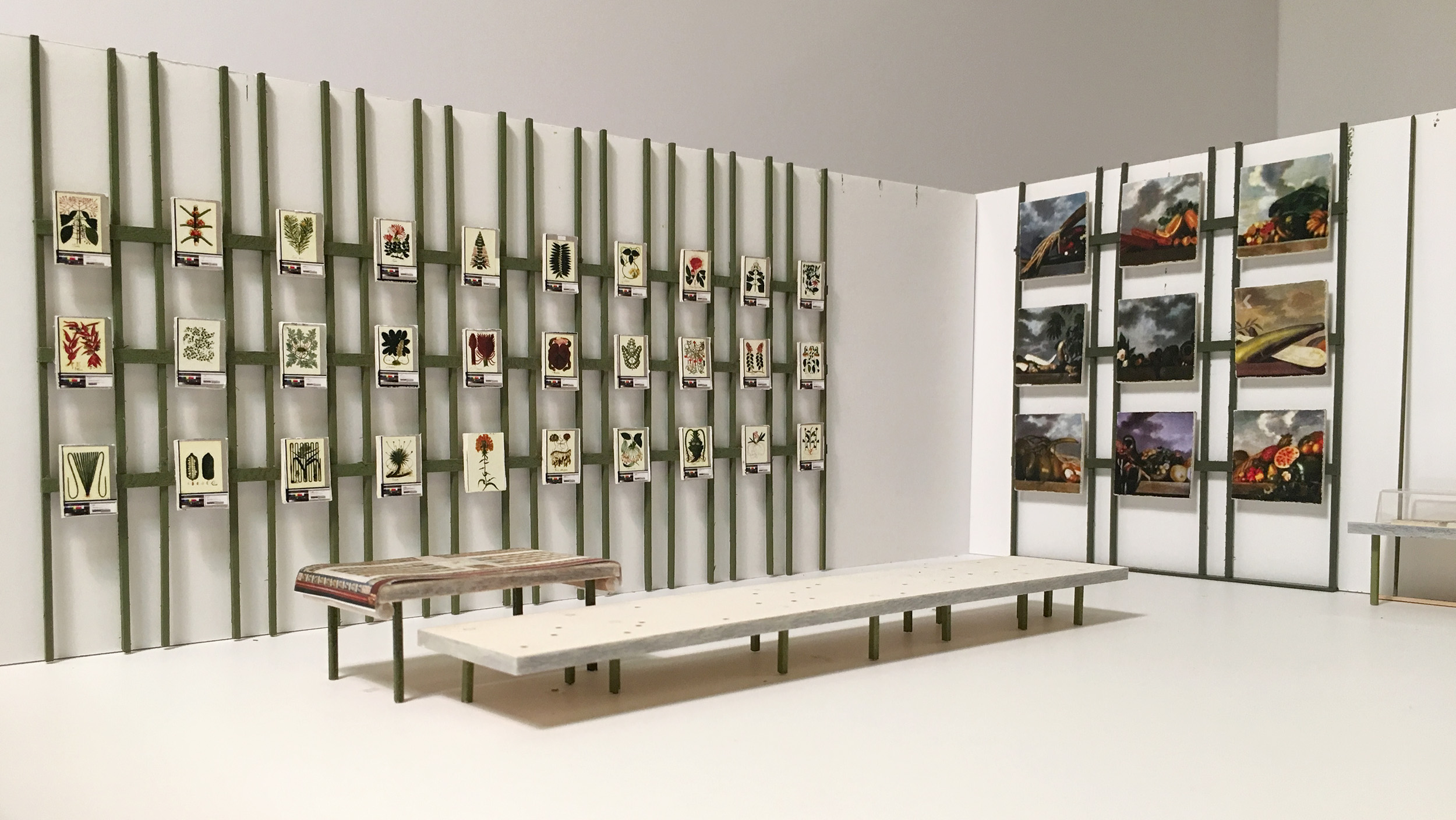
And, the final section, New Landscapes, opens up and spreads out with sweeping scenes from large-format landscape paintings.
These configurations make physical the concepts of the show, balancing orthogonal geometries with organic forms in a spatial conversation between the gallery and its artworks.
